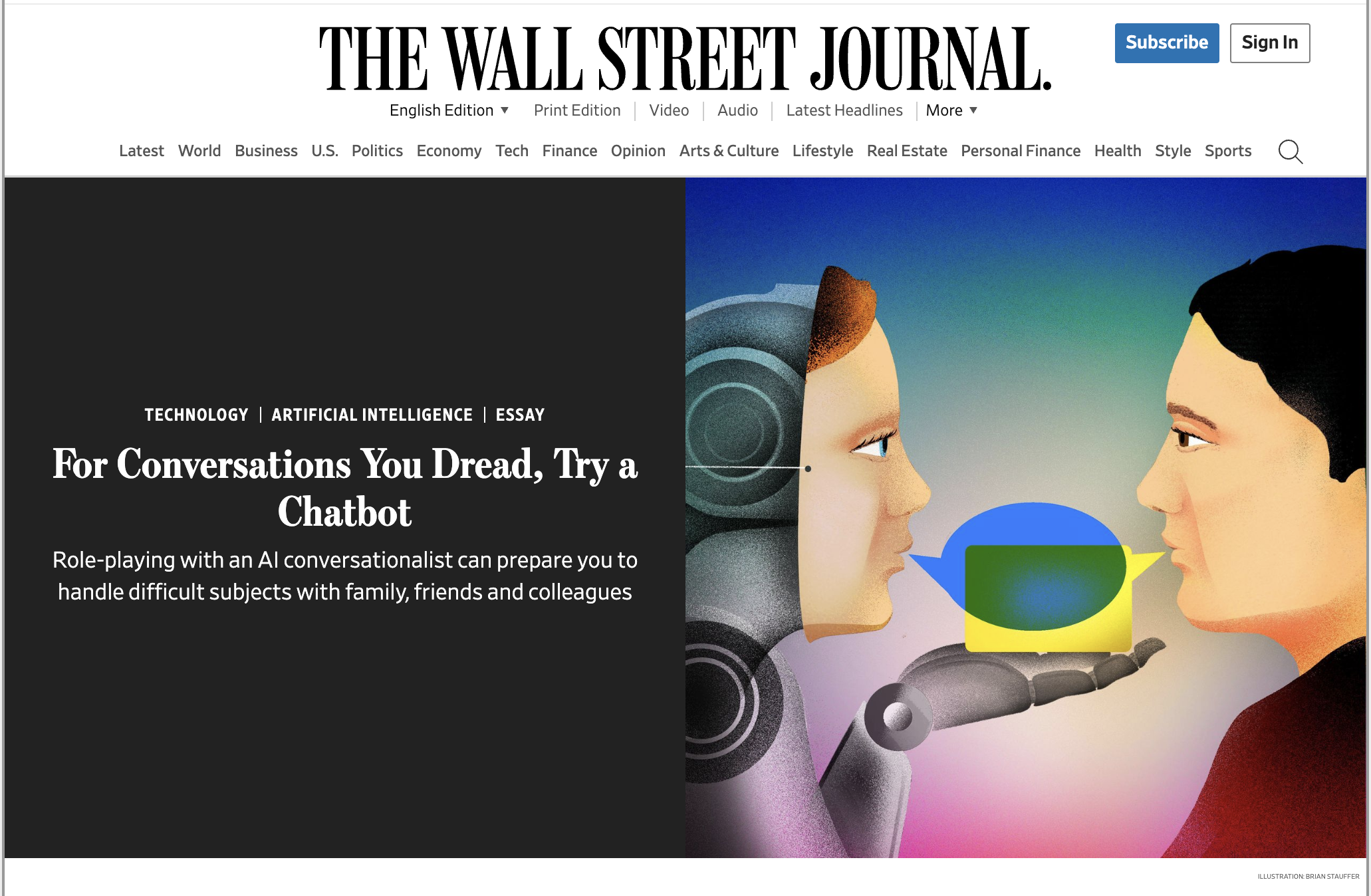Parallel Prototyping: Improving The Odds Of Success
By all accounts, organizational efforts to innovate are fraught with failure. That's not a bad thing - in fact, a friend who runs the innovation lab at multi-billion-dollar global enterprise sets a minimum failure target: if the lab isn't failing enough, they know they're not experimenting broadly enough, and playing it safer than the odds say they should. "Let other parts of the business do the safe stuff," he says. "We're here to push the boundaries, and expect lots of missteps along the way."
That said, there's a simple mathematical way to improve the likelihood of success: do more things. I think it was a former PhD math student who helped me understand this. "If any one thing you try has say a 1 in 10 chance of success, then you should try at least 10 things!" Thanks, Matt!
So here's a simple but profoundly effective tactic: if the team is trying something new, first, affirm the courage it takes to try something new ("GREAT!"), and then ask the question, "what else are we trying?" Often, the answer is, "nothing." Or maybe, "this one other thing." But experiments with no basis of comparison are much less informative than experiments you can compare with relative data. At the very least, you'll get them to clearly articulate the status quo, which will be useful.
To stack the deck in your favor, try more things!
("This article outlines a theoretical foundation for why parallel prototyping produces better design results..." - by Stanford professors Dow, Glassco, Kass, Schwarz, Schwartz, and Klemmer)
Click here to subscribe to Paint & Pipette, the weekly digest of these daily posts.










AI can do almost anything you ask—faster and better than you imagined. But it will never do the one thing that makes you irreplaceable. Here, I share how a piece of career-saving advice from my dad, a billion-dollar insight from Sam Altman, and lessons from leaders like Meta’s Josh To reveal the skill that keeps you indispensable in an “agentic” era.